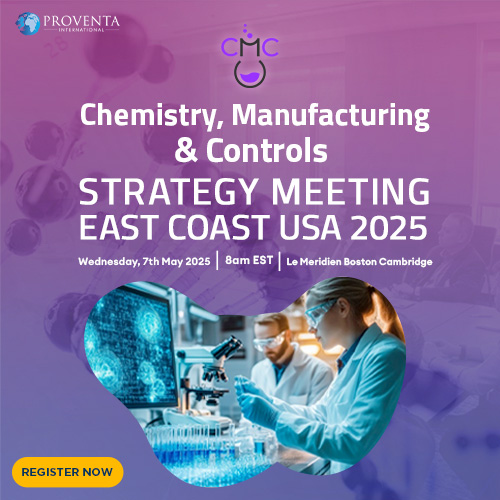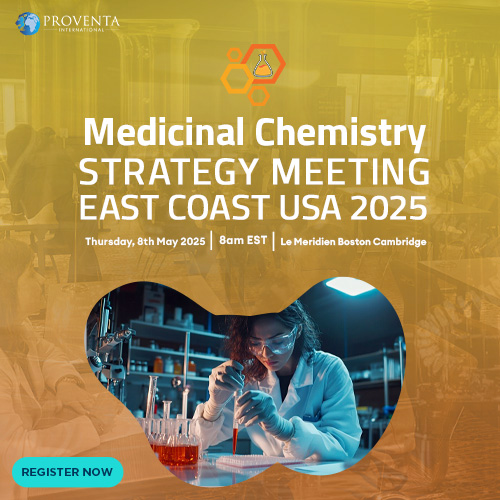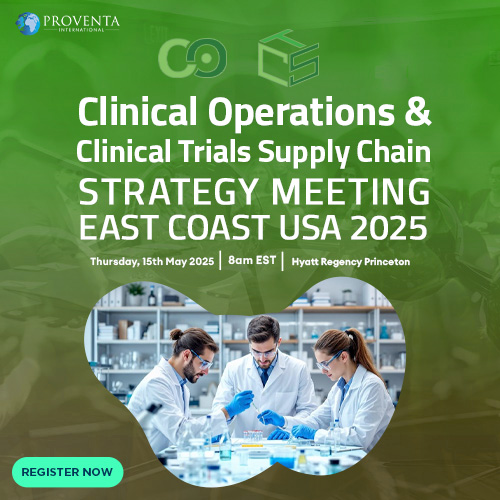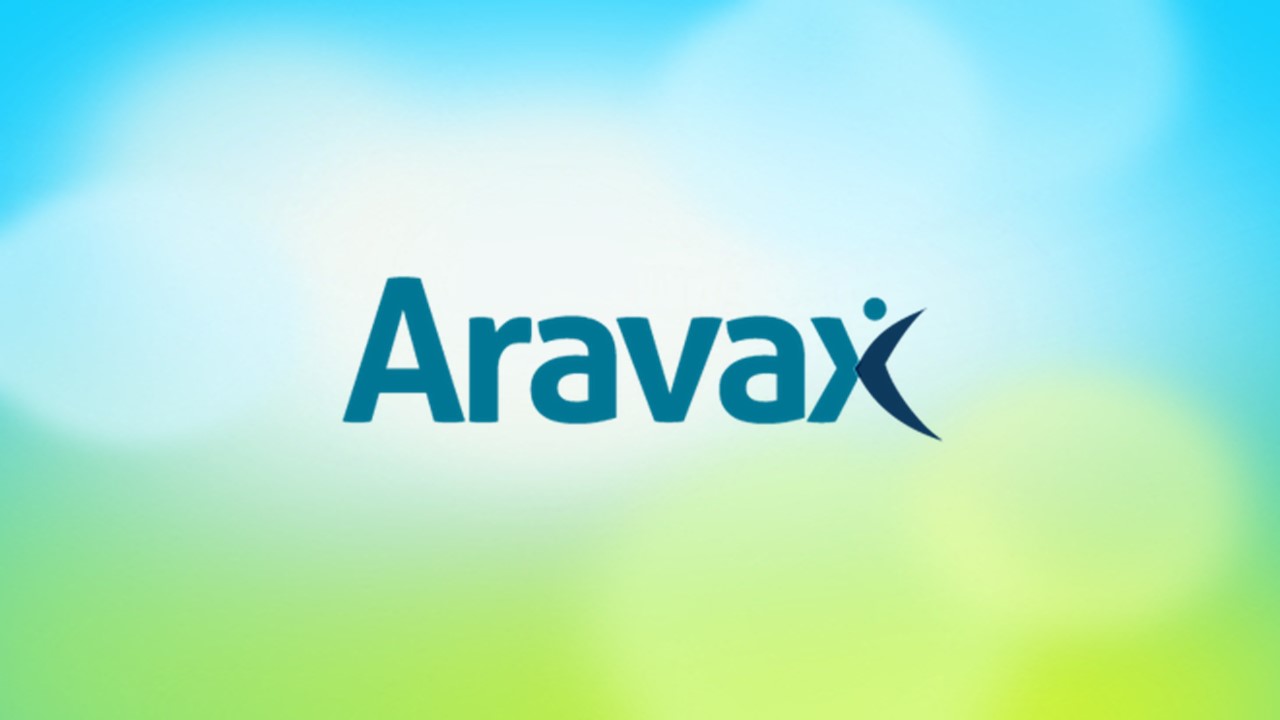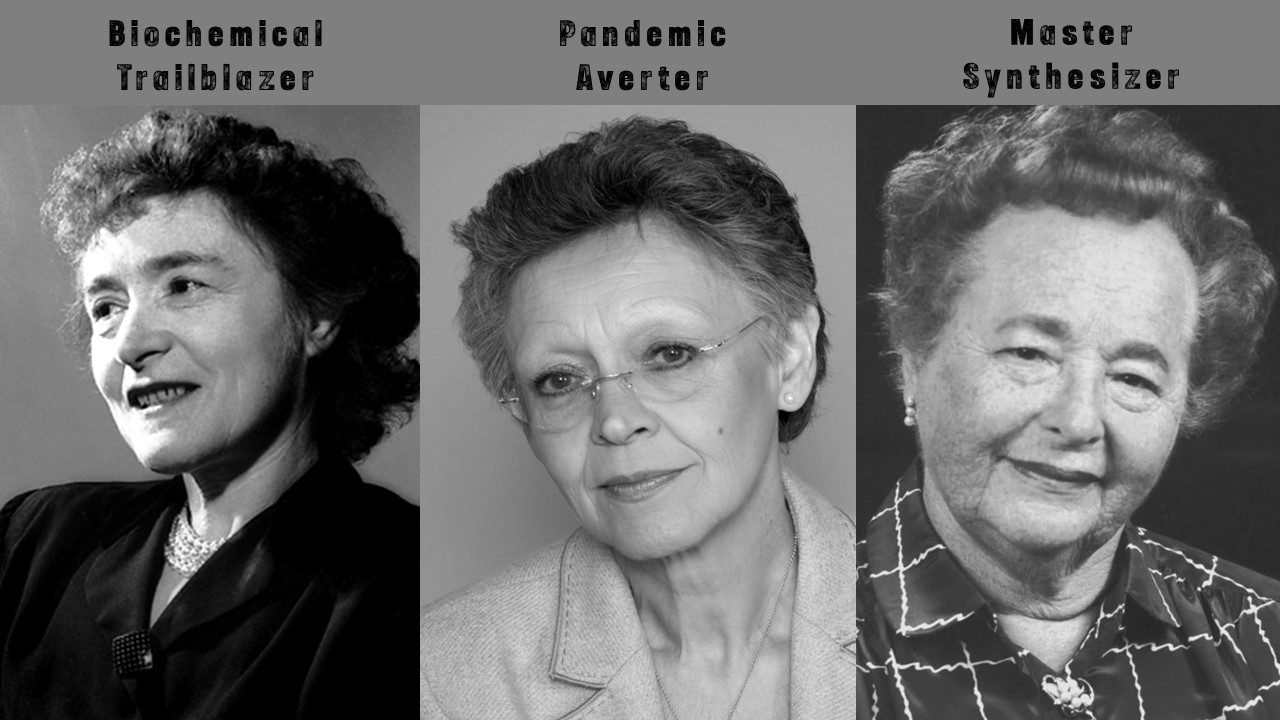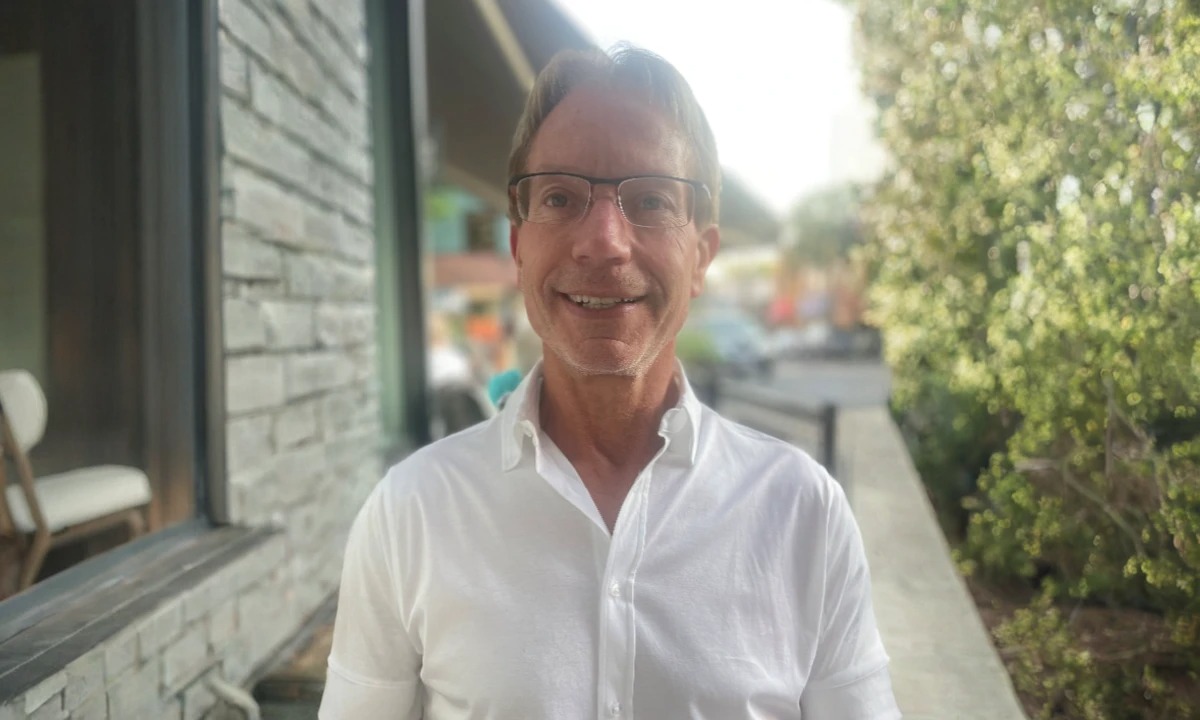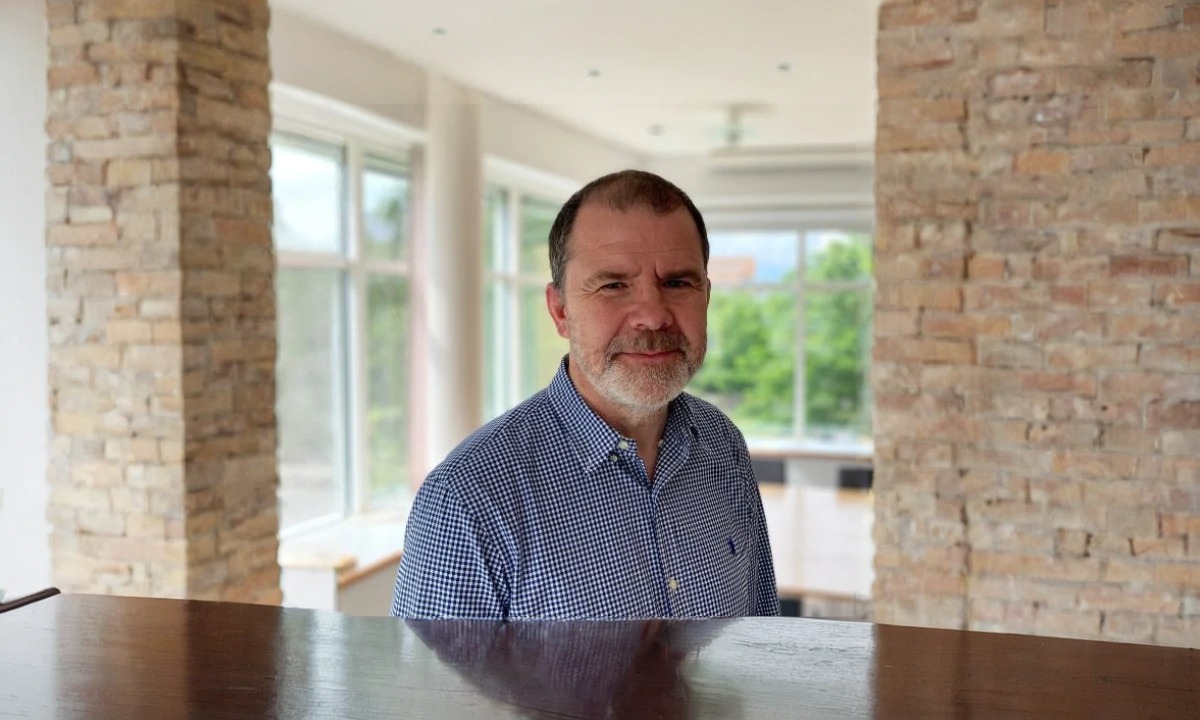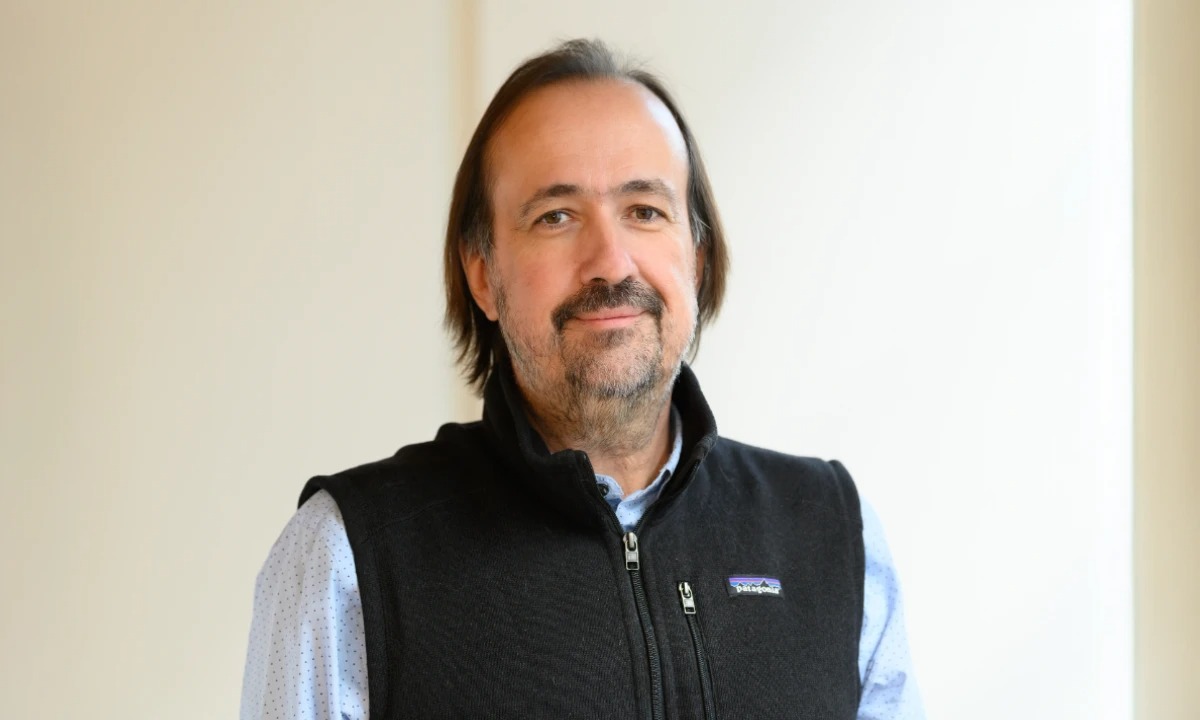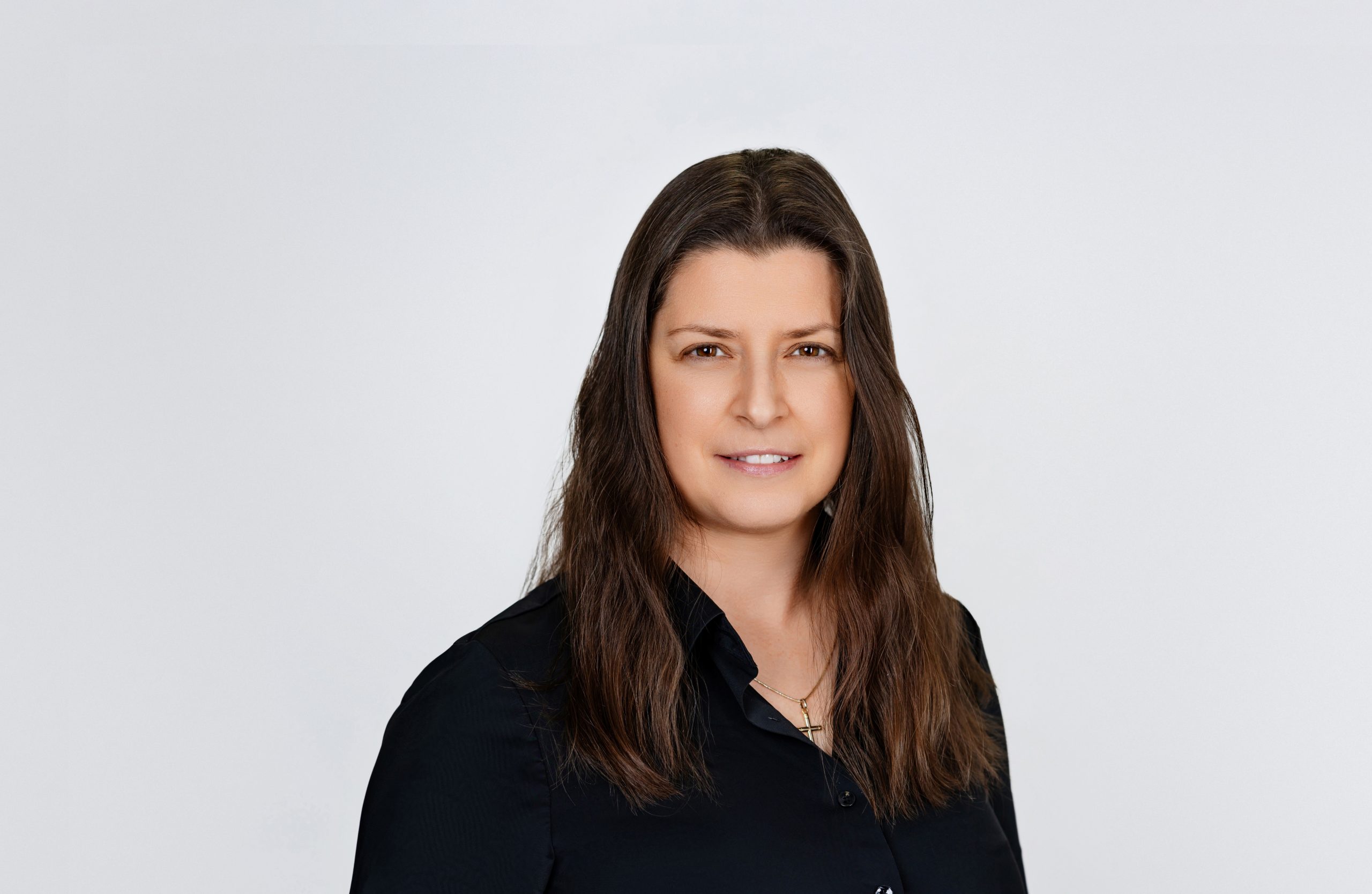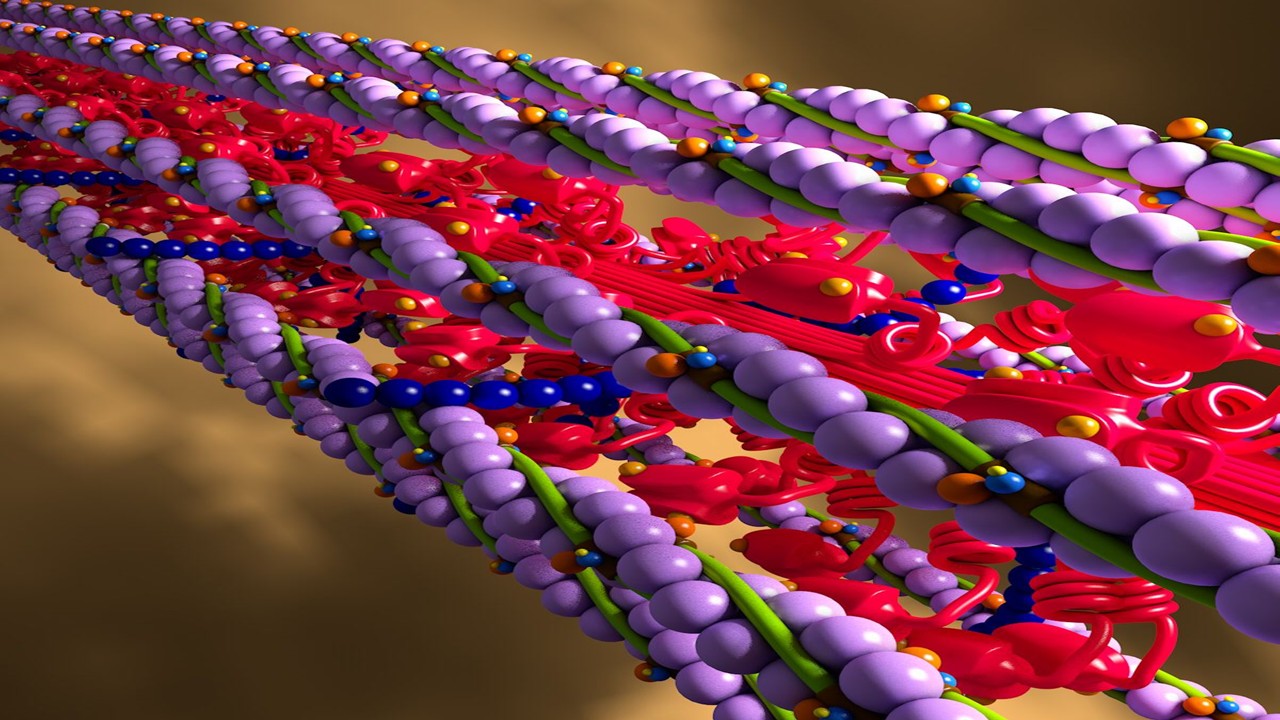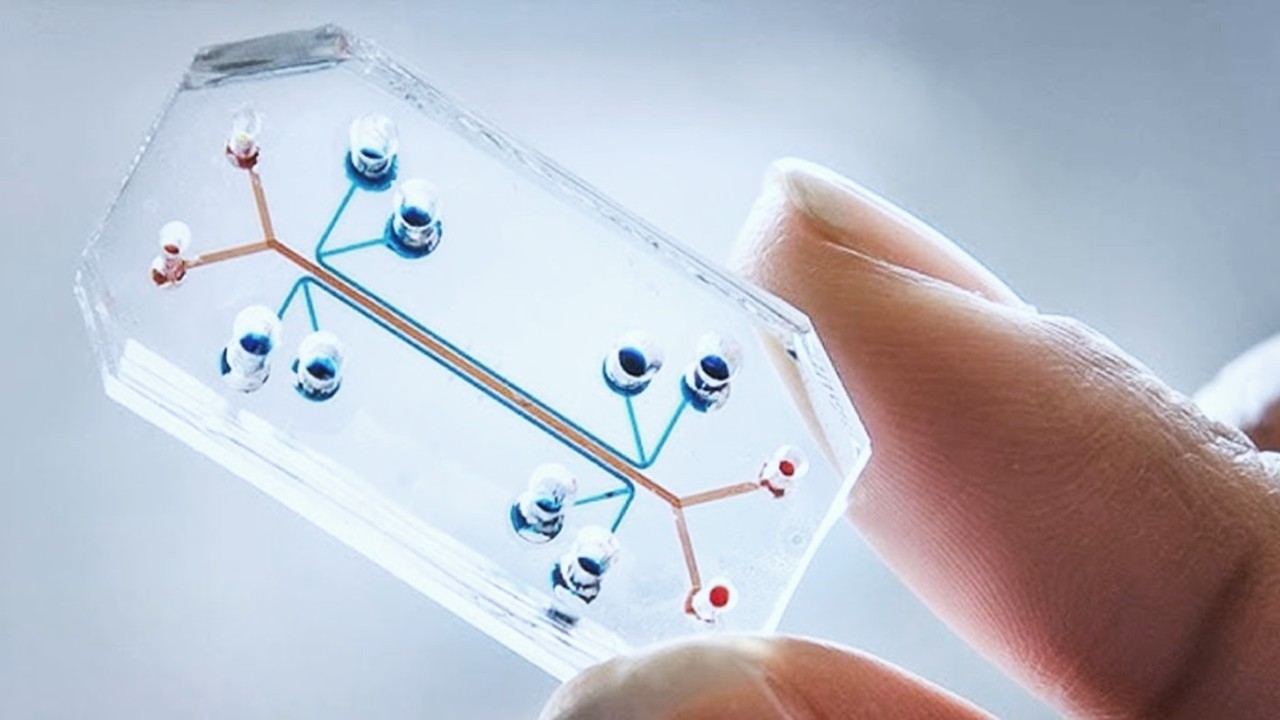The Evolving Landscape of Drug Discovery
In a gleaming pharmaceutical lab in 2025, a medicinal chemist might spend the morning reviewing molecular designs suggested by an artificial intelligence and the afternoon discussing genetic screen results with a biologist. The search for new medicines has evolved into a high-tech endeavor that would have seemed like science fiction to previous generations. For decades, traditional drug discovery often relied on serendipity and brute-force screening – a hit-or-miss approach with low success rates. Today, by contrast, researchers are increasingly guided by data analytics, computational models, and precise biological insights rather than blind trial-and-error. This shift is transforming how early-stage drug development is conducted on both the scientific bench and in the corporate boardroom.
Yet even now, bringing a single new drug to market typically takes over a decade and costs well beyond a billion dollars. Nearly 90% of experimental drug candidates fail somewhere along this journey, often because they ultimately prove ineffective or unsafe in human trials. This stubbornly high failure rate, coupled with the immense expense, has put pressure on biotech and pharmaceutical companies to innovate the discovery process itself. Many firms are betting that emerging technologies can help identify better drug targets and weed out doomed compounds earlier. The hope is that smarter, more efficient early-stage research will translate into fewer late-stage failures and faster development of life-saving therapies.
As a result, the early stages of drug development are undergoing a quiet revolution. Medicinal chemists are now working in tandem with biologists, data scientists, computational experts, and engineers, blurring the old boundaries between disciplines. Labs are embracing everything from artificial intelligence algorithms to CRISPR gene-editing screens, all aimed at improving the odds of finding a successful drug. This influx of computational and genetic tools is more than just hype – such innovations carry the potential to fundamentally reshape how we discover and design new medicines. The following sections explore these scientific breakthroughs, real-world examples of their impact, and how the marriage of rigor and ingenuity is shaping the future of drug discovery.
Breaking Down Silos
During the COVID-19 pandemic, four researchers in Sweden — including a computational chemist and a virologist — joined forces to identify a molecule that could block the SARS-CoV-2 virus from replicating. In just two years, their cross-disciplinary project discovered a promising antiviral compound and secured an international partnership to develop the drug candidate further. The team attributes its rapid progress to an intense “nerve and energy in the collaboration” that was essential, demonstrating “how fast research can move forward when everyone is aligned”. Such stories highlight how complex problems like drug discovery benefit when chemists, biologists, structural scientists and others pool their expertise in real time. Where once isolated departments might have tossed results over the wall to each other, now integrated teams tackle targets collectively – a cultural shift that is clearly accelerating innovation.
Increasingly, drug discovery is pursued by cross-functional teams rather than lone specialists. Pharmaceutical companies now deliberately bring chemists, biologists, data analysts and clinical experts together from the earliest project stages to ensure multiple perspectives guide each program. At places like the Pacific Northwest National Laboratory, biologists share space with AI engineers and chemists, creating a “collaborative ecosystem” where ideas cross-pollinate quickly. Shared goals and real-time communication help avoid the delays and missteps that plagued the old sequential, siloed approach to drug development. A biologist can flag a flawed disease model early, or a chemist can explain a compound’s quirks directly to the data team – feedback loops that ultimately save time and spark creative solutions in the discovery process.
This collaborative ethos extends beyond individual labs to the wider industry. Major drug companies are increasingly partnering with technology-driven startups and academic centers to tap specialized expertise. In one case, pharmaceutical giant Sanofi signed a strategic multi-target collaboration with an AI drug discovery company to jointly tackle several difficult disease targets. Such alliances marry the deep biological and clinical knowledge of established pharma with the data-crunching prowess of tech innovators. The result is a cross-pollination of ideas and capabilities that can accelerate the path from an initial biological insight to a viable drug candidate.
When AI Meets Medicinal Chemistry
An abstract visualization of circuits entwined with molecular structures captures the essence of how AI has become intertwined with modern drug discovery. Pharmaceutical companies and startups alike are harnessing artificial intelligence to improve speed and reduce costs at every stage of the discovery pipeline. Instead of relying solely on human intuition, machine learning models can sift through massive chemical databases and identify patterns invisible to human researchers. Companies like Recursion are even aiming to “industrialize” drug discovery with AI, running a much larger pipeline of experiments in parallel and identifying failures early to learn quickly. Observers predict that AI “is going to have a huge impact on the entire discovery and development chain” in the coming years.
AI algorithms have already proven their worth by discovering entirely new molecules that might have been missed by human researchers. For example, in 2023 scientists reported using AI to identify a novel antibiotic – later named abaucin – potent against a multi-drug-resistant bacterium. Another AI-designed compound was generated from scratch by a computer model and advanced into human clinical trials, marking a milestone for fully algorithm-guided drug design. BenevolentAI, one of the pioneers in this field, has similarly produced a first-in-class drug candidate for ulcerative colitis discovered using its AI platform – a compound that showed positive results in initial safety trials. Notably, as of 2025 no drug invented by AI has yet reached regulatory approval, but many are now in clinical development, and the “floodgates” of AI-driven therapies could soon start to open. In fact, nearly every major pharma company has launched AI collaborations or in-house programs, determined not to be left behind as this new frontier rapidly evolves.
Crucially, AI does not replace the medicinal chemist – it augments their toolkit. Even when an algorithm proposes a new molecular structure, human experts must assess whether it is chemically feasible, drug-like, and worth pursuing in the lab. Indeed, many AI systems act as inscrutable “black boxes,” making predictions without clear explanations, which means researchers have to trust but verify each AI-derived hypothesis. The best results often arise when artificial intelligence is combined with the scientist’s intuition and experience: the AI rapidly narrows options, and humans apply creative judgment to make the final selections. This synergy of computational power and human insight is fast becoming the norm in medicinal chemistry, accelerating the pace of discovery while maintaining scientific rigor.
From Gene Editing to Simulations
The quest to find and validate the right drug targets has been turbocharged by new scientific tools. Advanced “multi-omics” methods now allow researchers to map the complex networks of genes, proteins, and metabolites underlying a disease and identify critical hubs which, if modulated, could halt or reverse the illness. Once a promising target emerges, CRISPR-Cas9 gene editing can swiftly test its importance: scientists can knock out or modify that gene in cells or lab animals to see whether the disease process is affected. In just a few years, CRISPR genetic screens have gone from novelty to staple, enabling genome-wide searches for vulnerabilities in cancer cells or infected cells that pinpoint new points of attack. By enhancing both target identification and validation, these genetic tools ensure that precious drug development efforts focus on the true molecular “Achilles’ heels” of a disease.
At the same time, breakthroughs in structural biology are giving medicinal chemists a clearer view of their targets. Techniques like X-ray crystallography and cryo-electron microscopy can capture high-resolution snapshots of proteins, revealing the pockets and grooves where a drug molecule might bind. Now, artificial intelligence is filling in the gaps: DeepMind’s AlphaFold AI has predicted the 3D structures of virtually all known proteins, providing a vast treasure trove of structural insights for drug designers. In fact, the 2024 Nobel Prize in Chemistry was awarded to the scientists behind AlphaFold, underscoring how pivotal AI-generated protein models have become for drug discovery. With accurate blueprints of drug targets in hand (whether obtained experimentally or via AI), chemists can use molecular modeling software to virtually “dock” thousands of compounds and home in on those most likely to fit – drastically narrowing down the candidates for hands-on testing.
Even the process of identifying initial “hits” – chemical compounds that show activity against a target – has been transformed by technology. Automated high-throughput robots can test hundreds of thousands of compounds in laboratory assays, but one major hurdle to scaling up screening has been the large amounts of purified protein and resources required. Enter DNA-encoded libraries: this technique tags millions of candidate molecules with DNA barcodes, allowing researchers to mix an entire library in a single tiny tube and then rapidly recover whichever molecules bind to the target, all in a matter of days. In parallel, advanced molecular simulations and virtual screening tools can computationally evaluate vast chemical spaces, predicting how different compounds might bind to a target’s structure and prioritizing the most promising hits before any wet-lab experiment is run. These approaches – blending brute-force search with intelligent shortcuts – significantly cut down the time and cost needed to find a starting point for new drugs.
From Hit to Lead: Overcoming Early Hurdles
Even after identifying a potential drug target and finding an initial hit, scientists face a gauntlet of challenges in the early development stages. One fundamental hurdle is target validation: if researchers bet on the wrong biological target, a drug will likely show no benefit in clinical trials, and many late-stage failures have been traced to this mistake. This is why techniques like genetic knockouts and advanced disease models are deployed up front – to ensure that modulating a given target actually impacts the disease process before pouring resources into intensive chemistry. Another critical question is “druggability,” the practical matter of whether a target can be hit by a drug molecule at all – some proteins have no obvious binding pocket or reside in parts of the cell that drugs struggle to reach. Determining early on that a target is truly druggable (or not) can save a company from chasing a dead end, while finding a clever way to drug an “undruggable” target can open up a whole new therapeutic frontier (indeed, some of today’s biggest drugs were born from conquering formerly intractable targets).
Turning a promising hit compound into a true drug candidate is often an uphill battle of chemical refinement. The initial hit that works in a test tube might be weak, unstable in the body, or prone to side effects. Medicinal chemists must tweak the molecule’s structure in countless ways – adding an atom here, removing a functional group there – to boost its potency, reduce toxicity, and ensure it can reach its target inside the human body. This lead optimization process is notoriously resource-intensive and unpredictable: for every thousand modifications chemists make, only a few might meaningfully improve the molecule. Little wonder that even today, industry data show the majority of candidates still fail in development due to either insufficient efficacy or unforeseen toxicity. In the end, a seemingly perfect drug on paper must survive a gauntlet of preclinical tests for absorption, metabolism, and safety – and many hopefuls get weeded out for hitting a toxic “off-target” effect or being broken down by the liver before they can do their job.
Given these daunting odds, companies have adopted a “fail fast” mentality – aiming to identify dead-end projects as early as possible and redirect resources toward more promising leads. Early-stage project teams now rigorously scrutinize data on target validity, druggability, and safety signals, often killing a program in the lead optimization phase if red flags emerge, rather than letting it advance into costly clinical trials. Deciding which potential drugs to back is itself a high-stakes judgment call: there may be hundreds of plausible disease targets, but one analysis suggests industry R\&D can only focus on about 350 of them at a time. Choosing the right targets – and culling the wrong ones – can make the difference between a pipeline that yields a breakthrough and one that ends in failure. Every early-stage decision carries strategic weight for biotech and pharma companies, since a well-chosen project might become a future blockbuster, whereas a misstep means years of effort and millions of dollars lost.
The Stakes and the Future
Increasingly, the battle for market leadership in biopharma begins at the lab bench, with companies vying to build the best drug discovery engines. Major firms are pouring investment into these early-stage capabilities – forging partnerships, acquiring startups, and building in-house technology teams – all in the belief that faster, smarter drug discovery will secure their future pipelines. Pfizer, for example, has touted how its embrace of AI helped shrink development timelines, pointing to the record-speed creation of its COVID-19 antiviral pill as evidence of what such tools can do. Likewise, other big players like Sanofi, Johnson & Johnson, and Merck have inked multi-million-dollar deals with AI-driven drug discovery firms or launched their own digital R&D hubs to stay ahead in this new era. The strategic rationale is clear: whoever can find and develop the right drug first not only brings life-saving treatments to patients sooner but also reaps enormous financial rewards and a competitive edge in the marketplace.
Looking ahead, the integration of diverse fields in drug discovery is likely to deepen even further. Researchers anticipate using next-generation computing – even quantum computers – alongside AI to model biological systems with unprecedented precision, potentially unearthing drug candidates in silico that would have been impossible to find via trial and error. Future drug hunters will also have access to ever richer data, from patients’ genomic and proteomic profiles to real-world clinical outcomes, enabling more tailored discovery of therapies for specific patient subgroups. The hope is that what was once a slow, linear pipeline will become a more iterative and agile process – with lab experiments, computational predictions, and clinical insights all informing each other in real time. If this vision comes to fruition, drug discovery may shift from being a costly gamble to something closer to a predictable science – though one that will always rely on human creativity and the willingness to explore the unknown.
Ultimately, the evolution of drug discovery and medicinal chemistry is not just a technological story but a human one – about how we organize talent, share knowledge, and take calculated risks in the pursuit of cures. The convergence of cross-disciplinary science with strategic business thinking means a breakthrough in the lab today can swiftly turn into a biotech startup or a pharmaceutical partnership tomorrow. That dynamic is already accelerating the arrival of new therapies, from AI-guided cancer drugs to gene-edited cell therapies born from bold collaborations. As challenges like hit-to-lead optimization and target validation are gradually tamed by innovative tools, the pharma and biotech industries stand to become ever more efficient at delivering breakthroughs. It’s a narrative still being written, but if current trends continue, the coming decades could see drug discovery transformed from an expensive trial-and-error endeavor into a more precise, collaborative, and creative enterprise – one capable of bringing hope to patients faster than ever before.
Engr. Dex Marco Tiu Guibelondo, B.Sc. Pharm, R.Ph., B.Sc. CpE
Editor-in-Chief, PharmaFEATURES

Subscribe
to get our
LATEST NEWS
Related Posts
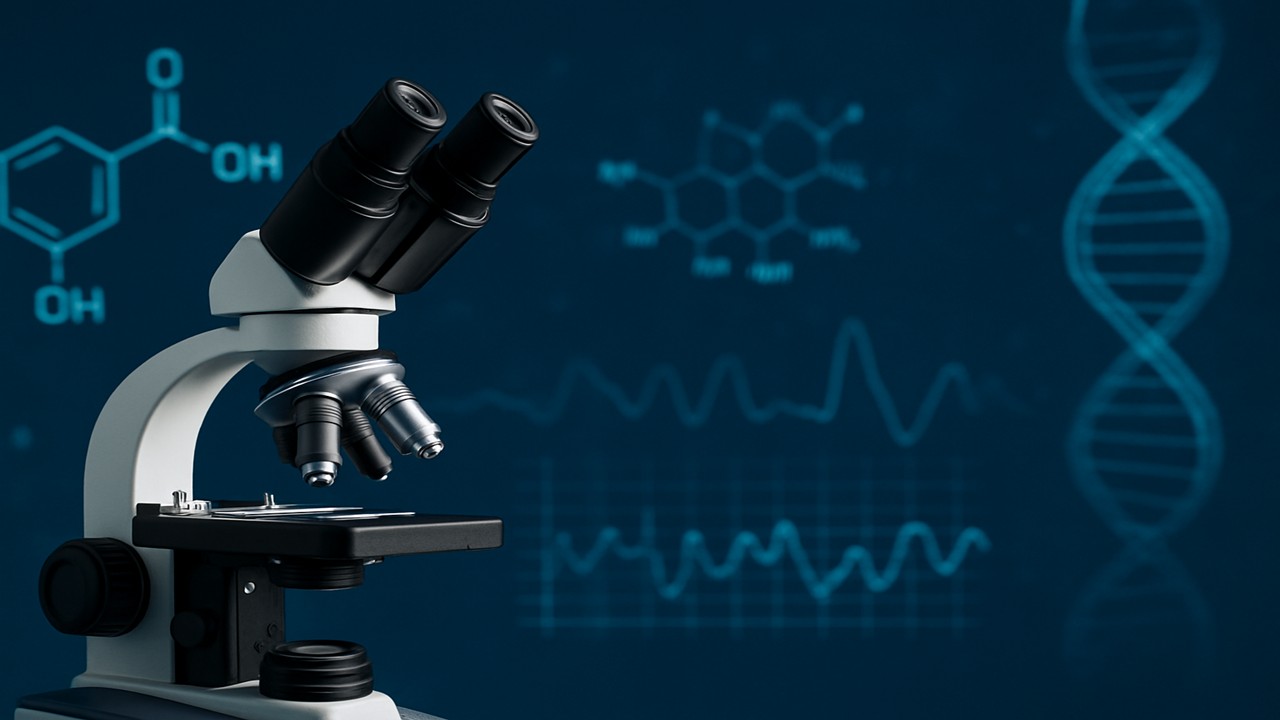
Leadership, Trends & Investments
Where Strategy Meets Science: Inside Proventa International’s Life Science Roundtables
Proventa International’s expert curation of strategy meetings is quietly shaping the future of biotech and pharma, one roundtable at a time.
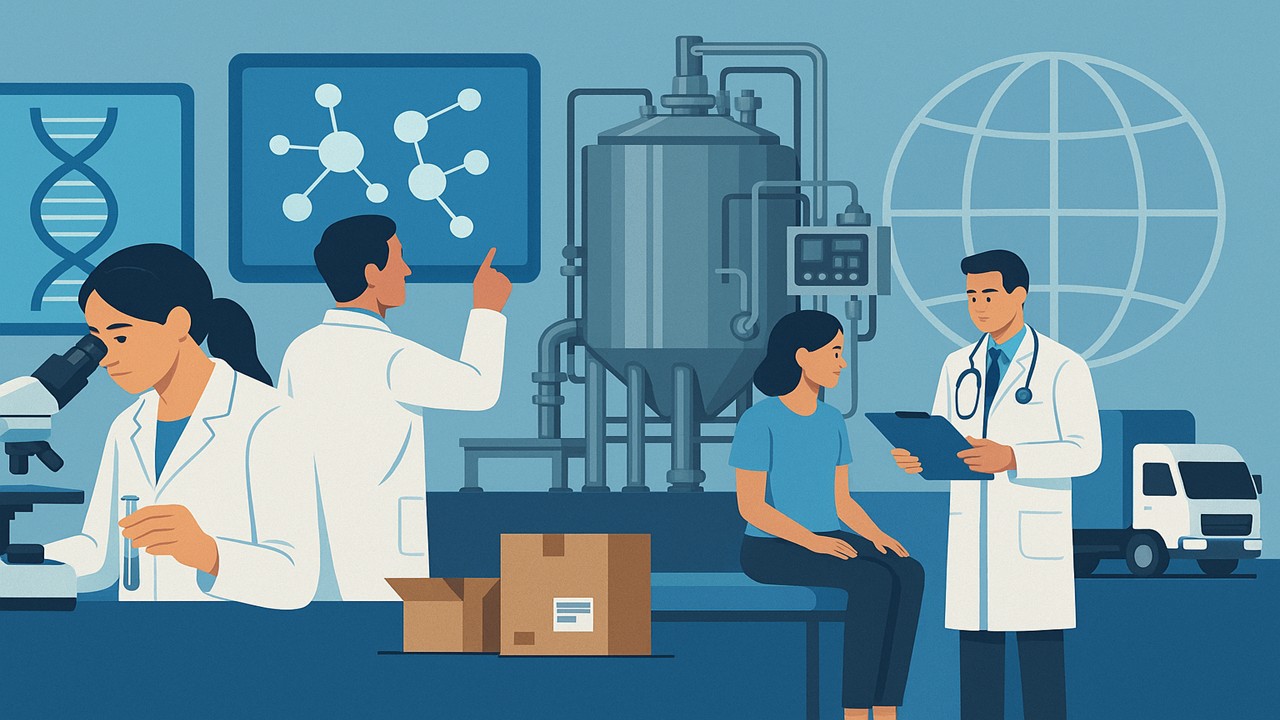
Leadership, Trends & Investments
Bridging Lab, Clinic, and Supply: The New Era of Pharma Operations
No More Silos: Integrating Science and Supply In a pharmaceutical landscape transformed by pandemics and personalized medicine, the walls between lab research, clinical trials, and logistics are coming down. A decade ago, teams handling Chemistry, Manufacturing, and Controls (CMC) focused on producing compounds after clinical success, while clinical operations (ClinOps) ran trials largely in isolation. […]
Read More Articles
Myosin’s Molecular Toggle: How Dimerization of the Globular Tail Domain Controls the Motor Function of Myo5a
Myo5a exists in either an inhibited, triangulated rest or an extended, motile activation, each conformation dictated by the interplay between the GTD and its surroundings.
